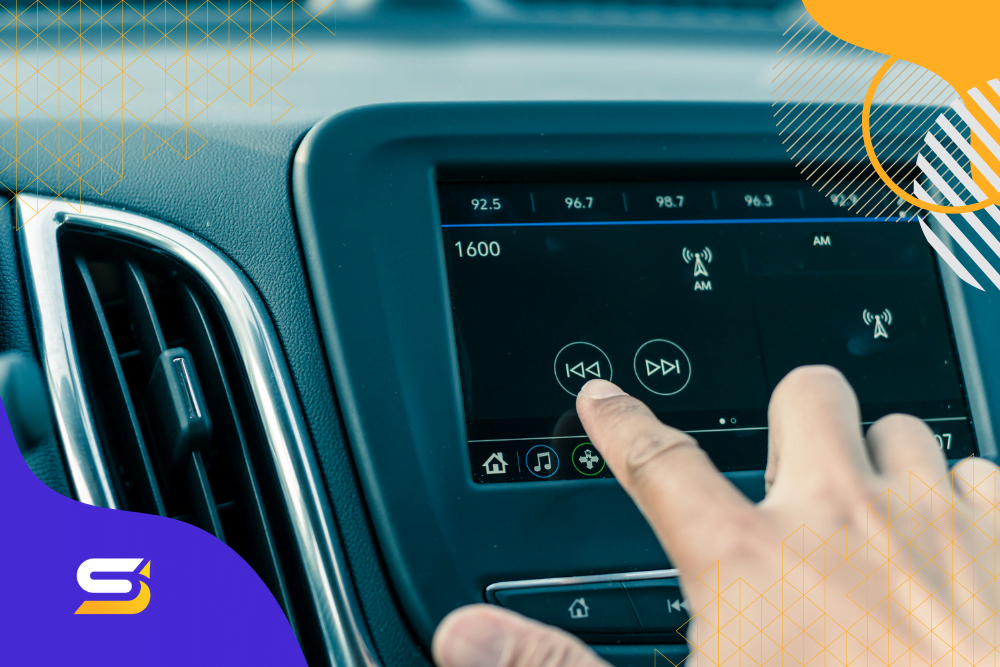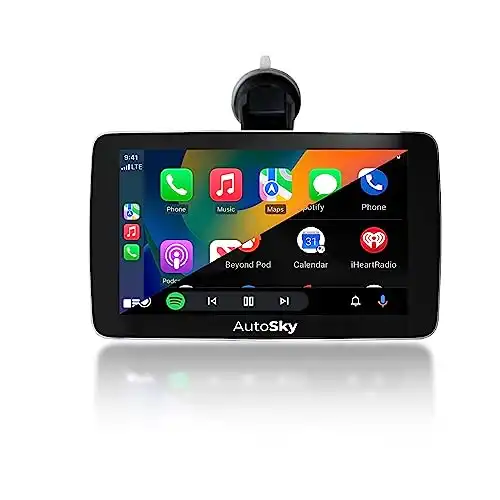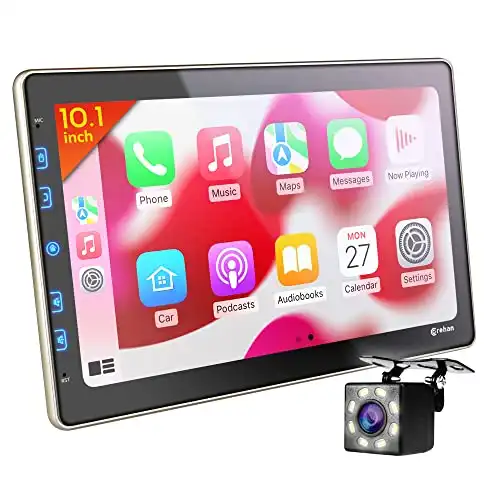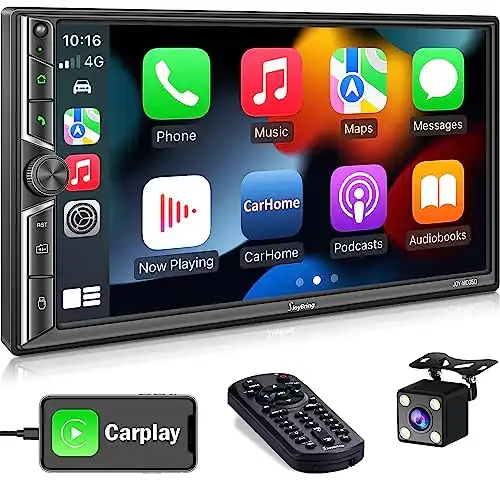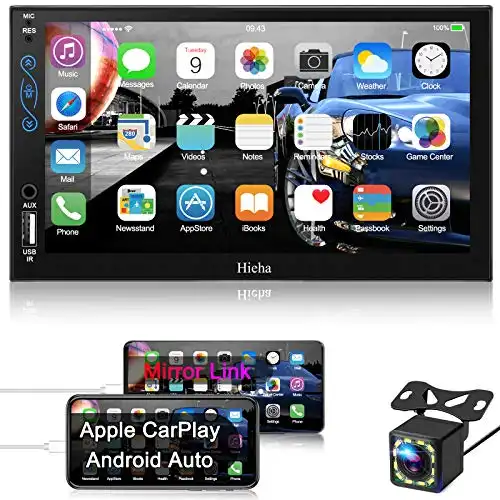We’re not just about fancy touchscreens and Bluetooth connectivity when discussing automotive infotainment. No, sir! We’re diving deep into the key features that make these systems what they are. We’re talking about music streaming, where you can listen to your favorite tunes without fumbling through CDs. We’re talking about navigation systems that use GPS and real-time traffic updates to ensure you never get lost. And we’re even talking about smartphone integration, where you can seamlessly connect your phone to your car and access all your apps and messages without taking your eyes off the road.
But let’s not forget about safety here. With all this technology at our fingertips, some concerns about driver distraction exist. After all, the last thing we want is for someone to be so engrossed in their infotainment system that they forget they’re driving a car. So, automakers have been working hard to implement safety measures, such as voice commands and steering wheel controls, to minimize distractions and keep our focus on the road ahead.
Now, if you’re as intrigued as I am about the future of automotive infotainment, you’ll be happy to know that some exciting trends are on the horizon. We’re seeing advancements in augmented reality displays, where all the information you need is projected onto the windshield. And there’s even talk of incorporating biometric sensors into these systems, which could further enhance driver safety and comfort.
What Is Automotive Infotainment?
In today’s rapidly evolving world of technology, cars are becoming more than just a mode of transportation. With the integration of advanced features and connectivity options, they have become an extension of our digital lives. One of the key advancements in the automotive industry is the concept of automotive infotainment systems. In this article, I will delve into the evolution, key features, safety measures, future trends, impacts, comparisons, challenges, and integration with other vehicle systems of automotive infotainment.

Early Developments in In-Car Entertainment
The concept of in-car entertainment systems can be traced back to the early days of the automobile industry when radio receivers were first installed in cars. This marked the beginning of a journey towards more sophisticated and integrated systems. As technology progressed, so did the capabilities of these systems. In-car entertainment transformed from simple radio receivers to cassette players, CD players, and digital media players.
Integration of Technology with Automobiles
With the advent of smartphones and the widespread use of mobile applications, there was a growing demand to integrate this technology into vehicles. This led to the development of automotive infotainment systems that could offer more than just music playback. These systems incorporated navigation, phone connectivity, and other features to enhance the driving experience.
Key Features of Automotive Infotainment Systems
Music Streaming in Infotainment Systems
One of the key features of automotive infotainment systems is the ability to stream music. Through interfaces such as Apple CarPlay, Android Auto, or proprietary systems developed by automotive manufacturers, drivers can connect their smartphones and access their favorite music apps. This allows for a personalized music experience where drivers can enjoy their preferred playlists, podcasts, or streaming services while on the road.
Navigation Options in Automotive Infotainment
Gone are the days of relying solely on physical maps or dedicated GPS devices. Automotive infotainment systems now offer built-in navigation options that provide real-time traffic updates, turn-by-turn directions, and points of interest. These systems often utilize GPS technology and leverage online connections to ensure accurate and up-to-date mapping data.
Smartphone Integration in Car Entertainment
With the widespread use of smartphones, it is no surprise that automotive infotainment systems have embraced smartphone integration. This integration allows drivers to access their contacts, make calls, send messages, and even use voice recognition technology to dictate messages or initiate phone calls. The seamless integration of smartphones with automotive infotainment systems ensures that drivers can stay connected while keeping their focus on the road.
Methods of Operating Infotainment Systems
Operating automotive infotainment systems can be done through various means. Traditionally, physical buttons and knobs on the dashboard were used to control these systems. However, with advancements in touchscreen technology, many modern systems now feature intuitive touch interfaces. In addition, voice commands and gesture control are emerging as alternative methods of operating automotive infotainment systems, allowing drivers to perform actions hands-free and minimizing distractions.
Safety Measures to Address Driver Distraction
Importance of Driver Distraction Safety
With the increasing complexity and capabilities of automotive infotainment systems, it is crucial to address driver distraction safety. The National Highway Traffic Safety Administration (NHTSA) reported that distracted driving claimed 3,142 lives in the United States alone in 2019. To mitigate this risk, automotive manufacturers have implemented various safety measures in their infotainment systems.
Methods to Minimize Distractions while Driving
Automobile infotainment systems often feature simplified and intuitive user interfaces to minimize distractions. This ensures that drivers can quickly access the desired features without being overwhelmed by complex menus or options. Additionally, voice recognition technology enables drivers to perform tasks without taking their hands off the steering wheel or their eyes off the road.
Integration of Voice Commands and Gesture Control
Automotive manufacturers increasingly integrate voice commands and gesture control into their infotainment systems. This allows drivers to interact with the system using natural language and simple gestures, reducing the need for manual input. By providing a hands-free and eyes-on-the-road experience, the integration of these technologies promotes safer driving practices.
Future Trends in Automotive Infotainment
Advancements in Augmented Reality for In-Car Entertainment
One of the future trends in automotive infotainment is integrating augmented reality (AR) technology. AR overlays digital information onto the real-world environment, providing drivers with enhanced navigation experiences. For example, AR can project turn-by-turn directions onto the windshield, making it easier for drivers to follow instructions without diverting their attention from the road.
Integration of Artificial Intelligence in Infotainment Systems
Another future trend is integrating artificial intelligence (AI) in automotive infotainment systems. AI can personalize the driving experience by learning driver preferences, predicting user behavior, and offering tailored recommendations. For instance, AI can suggest music playlists based on previous listening habits or recommend nearby restaurants based on the driver’s culinary preferences. These advancements in AI technology have the potential to enhance the overall user experience significantly.
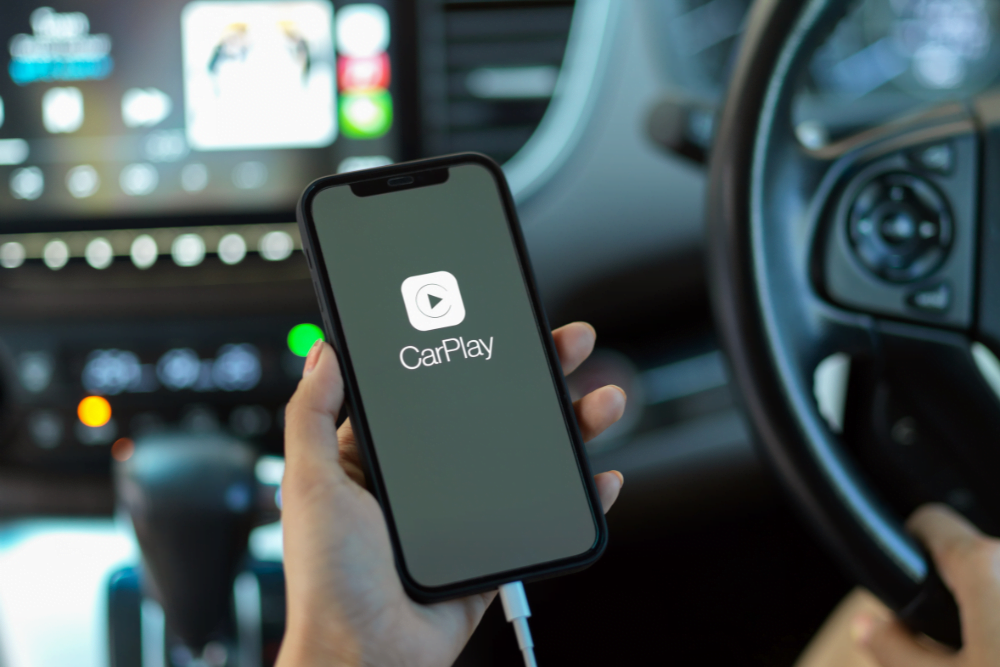
Impacts of Automotive Infotainment on User Experience
Enhanced Driving Experience with Infotainment Features
Automotive infotainment systems have revolutionized the driving experience by providing various features and functionalities. Drivers can now enjoy personalized music, seamless navigation, and connectivity options that engage and entertain them during their journeys. These infotainment features contribute to a more enjoyable driving experience.
Impact of Infotainment on Passenger Comfort and Entertainment
Automotive infotainment systems benefit the driver and enhance the comfort and entertainment options for passengers. Rear-seat passengers can access various media options, connect their devices to the system, and enjoy movies, games, or music. This level of entertainment and connectivity helps make long drives more enjoyable for all vehicle occupants.
Automotive Infotainment Compared to Traditional Radio and Media Players
Advantages of Infotainment Systems over Traditional Radio
Automotive infotainment systems offer several advantages over traditional radio receivers. While radio provides access to live broadcasts and a wide range of stations, infotainment systems provide additional options such as on-demand music streaming, personalized playlists, and podcasts. Moreover, infotainment systems often integrate other features, such as navigation and smartphone connectivity, making them more versatile and convenient for the driver.
Benefits of Infotainment Systems in Comparison to Media Players
Compared to standalone media players, automotive infotainment systems offer integration and convenience. Instead of relying on separate devices for music playback and navigation, drivers can consolidate all these functionalities into one system. This reduces clutter, improves ease of use, and allows for seamless integration with the vehicle’s audio system.
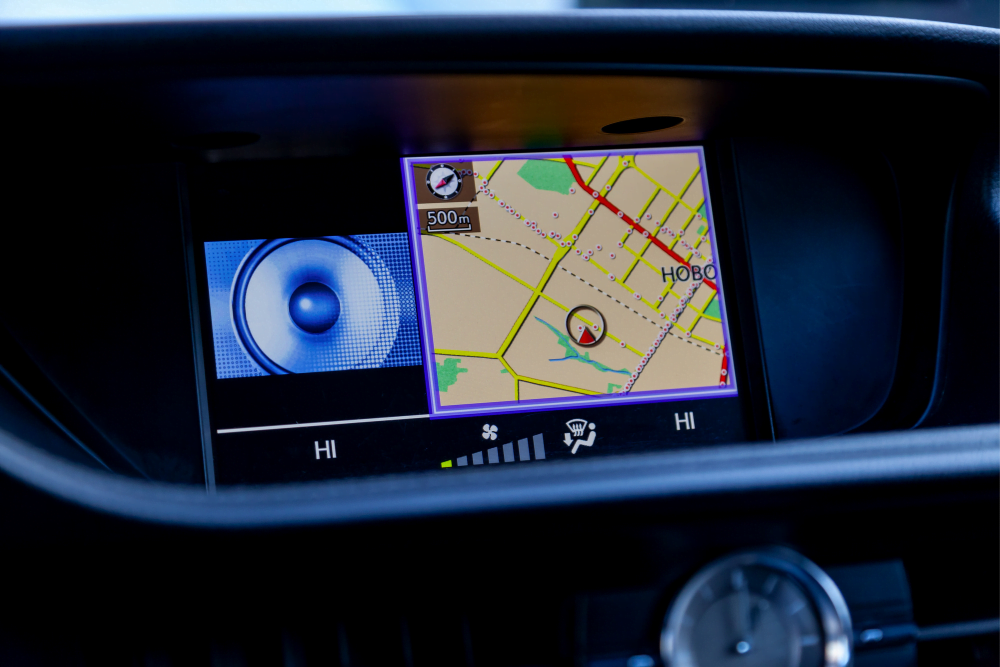
Challenges and Limitations in Automotive Infotainment
Compatibility Issues with Different Operating Systems
One challenge the automotive infotainment industry faces is the compatibility issue with different operating systems. With various smartphone operating systems on the market, it can be challenging for automotive manufacturers to ensure seamless integration between their infotainment systems and all available devices. This challenge requires close collaboration between manufacturers and software developers to ensure platform compatibility.
Potential Security Risks in Connected Infotainment Systems
As automotive infotainment systems become more connected, they are vulnerable to potential security risks. These risks include unauthorized access to personal data, hacking, and malware attacks. Automotive manufacturers must implement robust security measures to protect user information and secure the integrity of the infotainment system.
Innovation and Integration with Other Vehicle Systems
Integration with Advanced Driver Assistance Systems
Automotive infotainment systems are increasingly integrated with advanced driver assistance systems (ADAS). ADAS features such as adaptive cruise control, lane-keeping assist, and collision warning systems can now be displayed, controlled, and adjusted through the infotainment system. This integration enhances the user experience and promotes safer driving practices by seamlessly providing access to essential vehicle functions.
Collaboration with Vehicle Telematics for Enhanced Capabilities
Vehicle telematics systems, which involve data exchange between the vehicle and external sources, are also integrated with automotive infotainment systems. This collaboration allows for enhanced capabilities such as real-time weather updates, live traffic information, and remote vehicle diagnostics. By leveraging the vast amount of data available in modern vehicles, automotive manufacturers can continually improve and enhance the functionalities of their infotainment systems.
Exploring the Market for Automotive Infotainment
Growth of the Automotive Infotainment Industry
The market for automotive infotainment systems has experienced significant growth in recent years and is expected to continue expanding. According to a report by Grand View Research, the global automotive infotainment market size was valued at $15.63 billion in 2020 and is projected to reach $49.65 billion by 2028. This growth is driven by increasing consumer demand for connectivity, technological advancements, and integrating novel features in infotainment systems.
Key Players and Competitive Landscape
Several key players dominate the automotive infotainment market, each offering unique solutions and innovative features. Companies such as Apple (CarPlay), Google (Android Auto), and Garmin are at the forefront of smartphone integration and navigation functionalities. Automotive manufacturers like BMW, Audi, and Mercedes-Benz also develop proprietary infotainment systems that integrate seamlessly with their vehicles. This competitive landscape ensures ongoing innovation and advancements in automotive infotainment systems.
Conclusion
Automotive infotainment systems have come a long way since the early days of car radio receivers. Today, these systems offer various features and functionalities, such as music streaming, navigation, smartphone integration, and advanced operating methods. Alongside these advancements, safety measures have been implemented to address driver distraction and enhance road safety.
In the future, automotive infotainment systems are poised to integrate augmented reality and artificial intelligence, providing enhanced user experiences and personalization. These systems impact the driver’s experience and improve passenger comfort and entertainment options.

Compared to traditional radio receivers and standalone media players, automotive infotainment systems offer more versatility, convenience, and integration. However, challenges such as compatibility with different operating systems and potential security risks must be addressed.
Integrating automotive infotainment systems with advanced driver assistance systems and vehicle telematics opens up new possibilities for enhanced capabilities and functionalities. As the market for automotive infotainment continues to grow, key players and manufacturers strive to offer innovative solutions that meet the demands of connected and tech-savvy consumers.
Tags: Article

